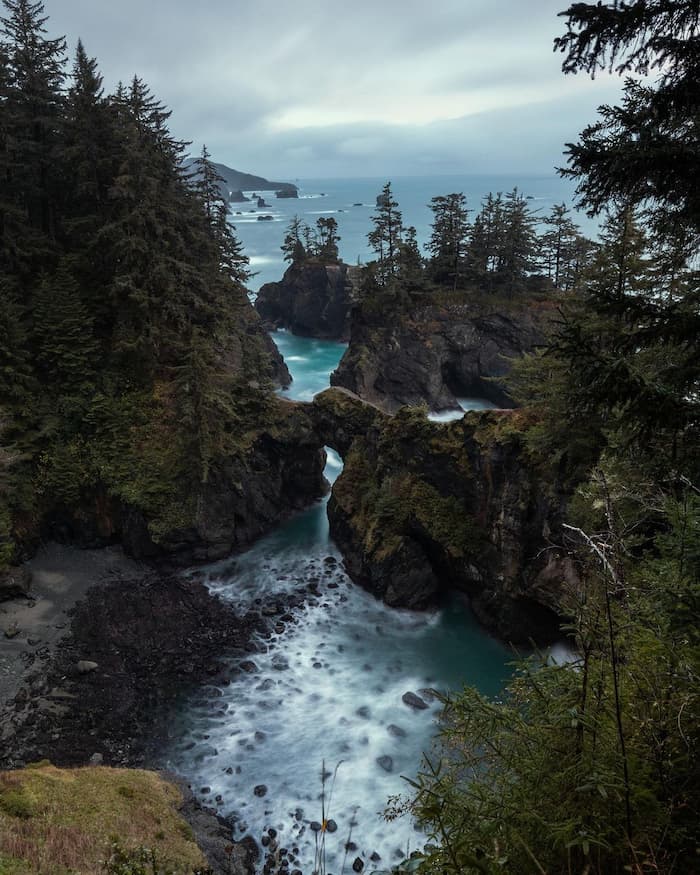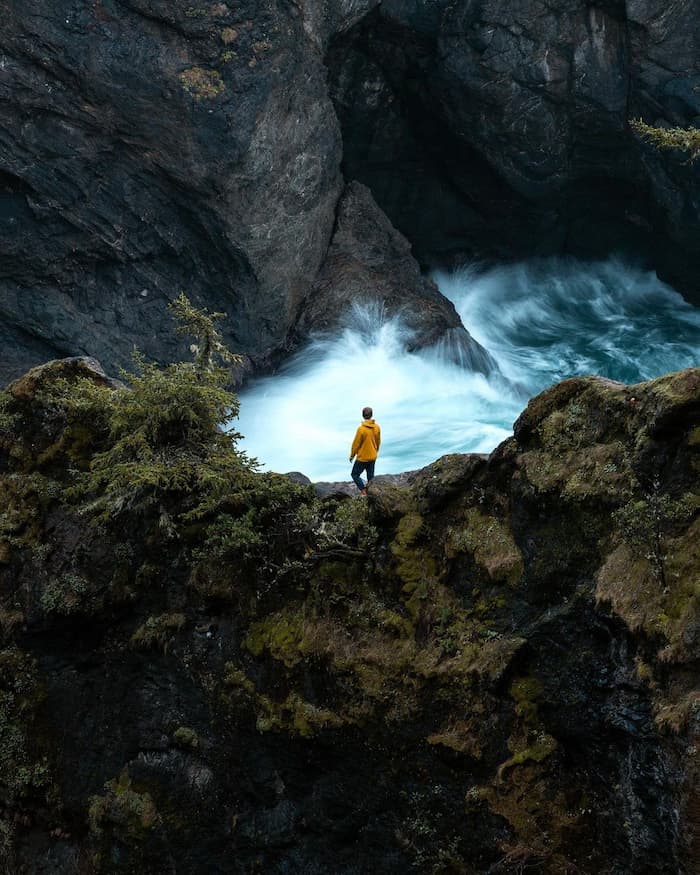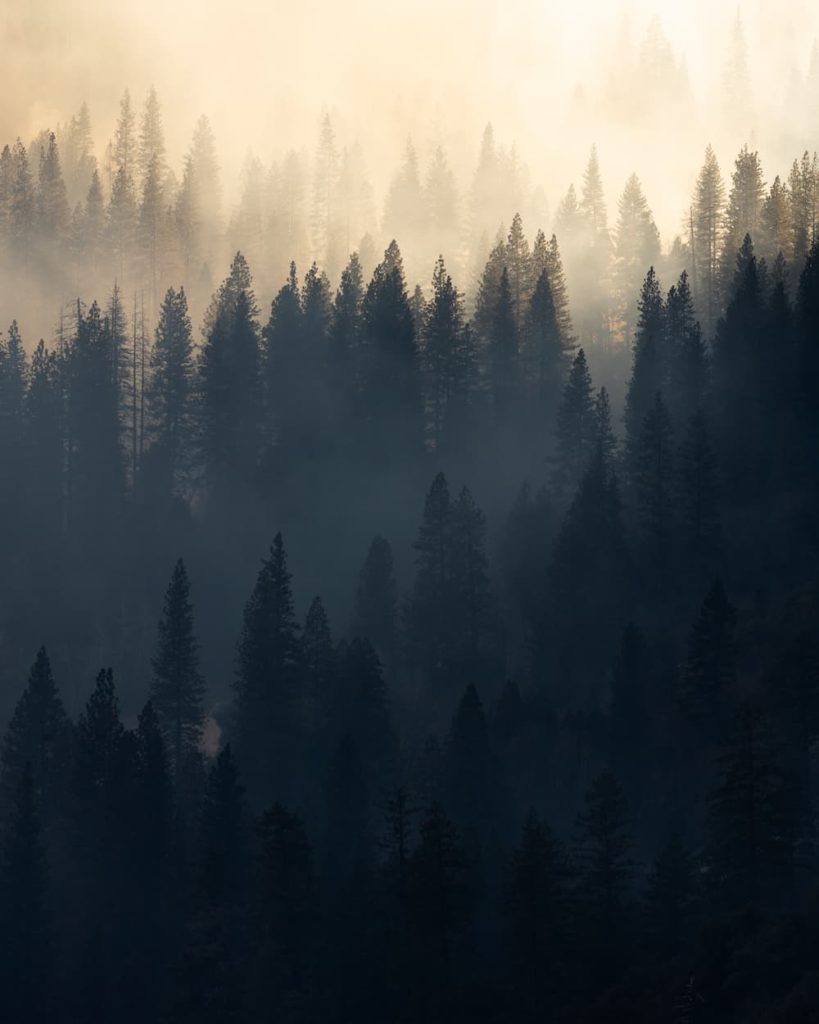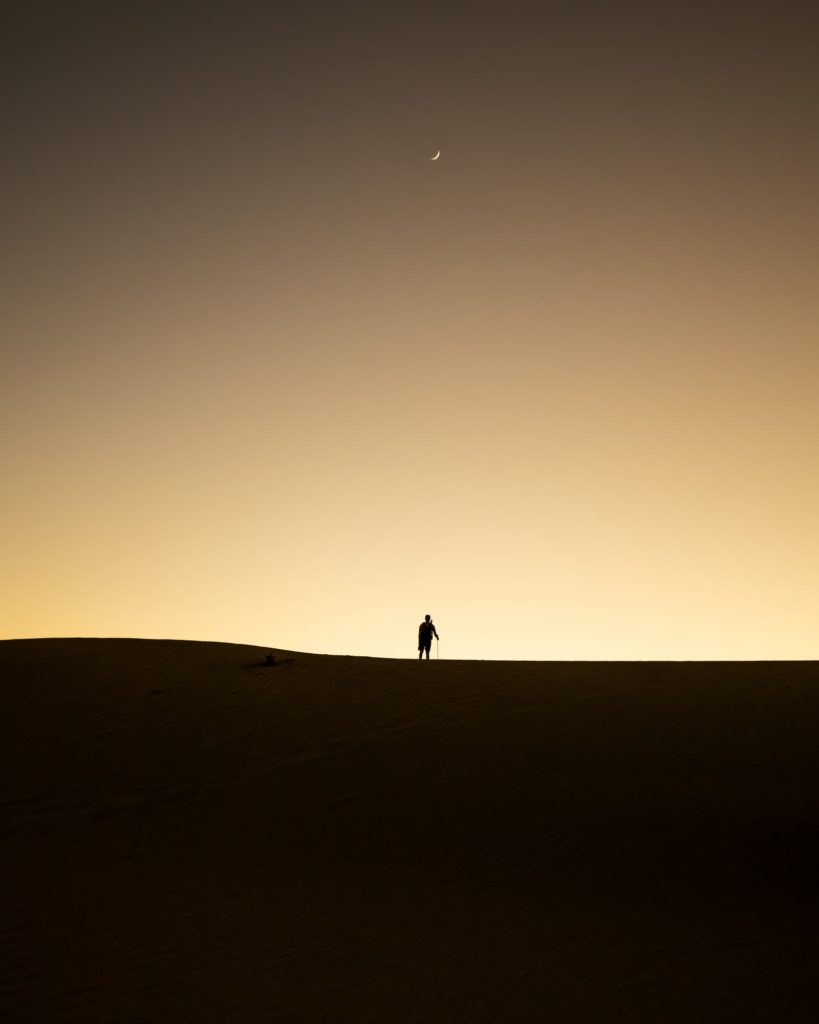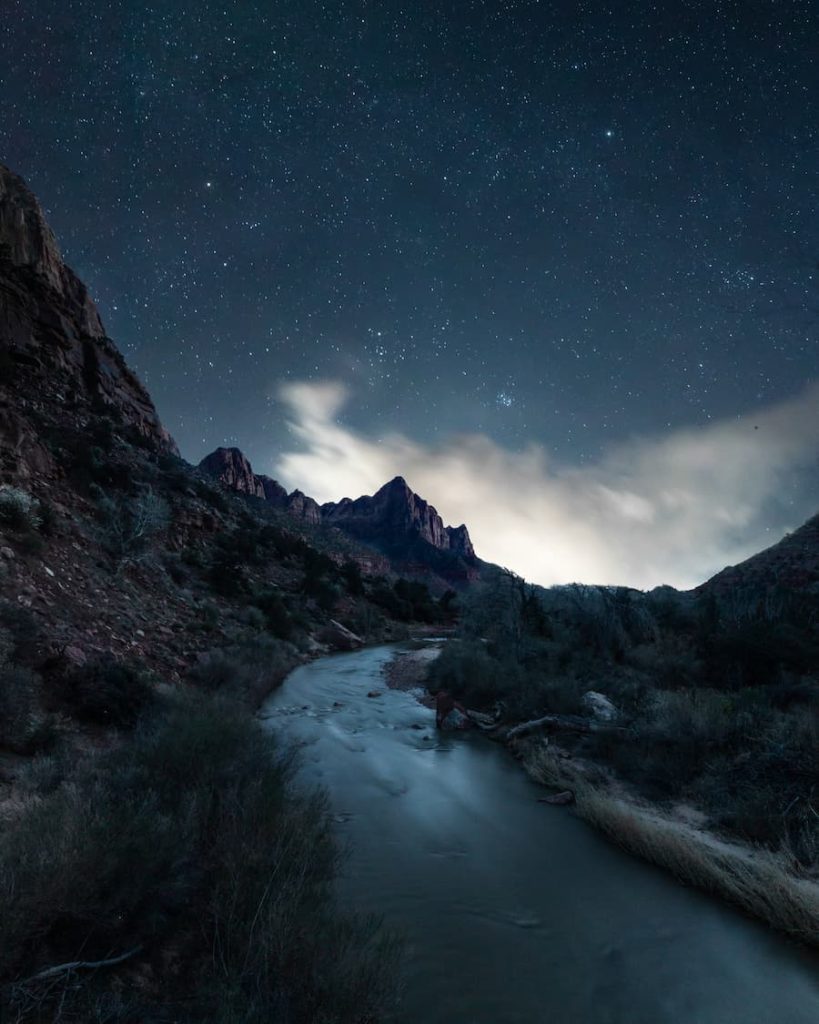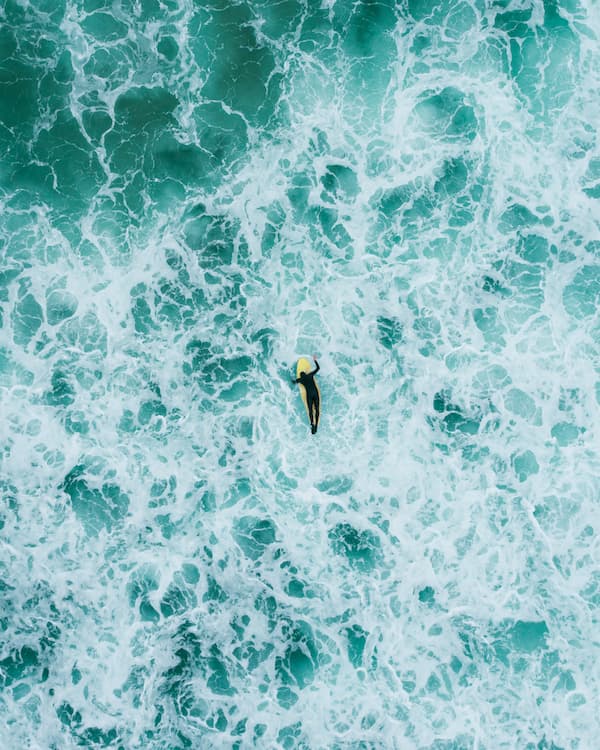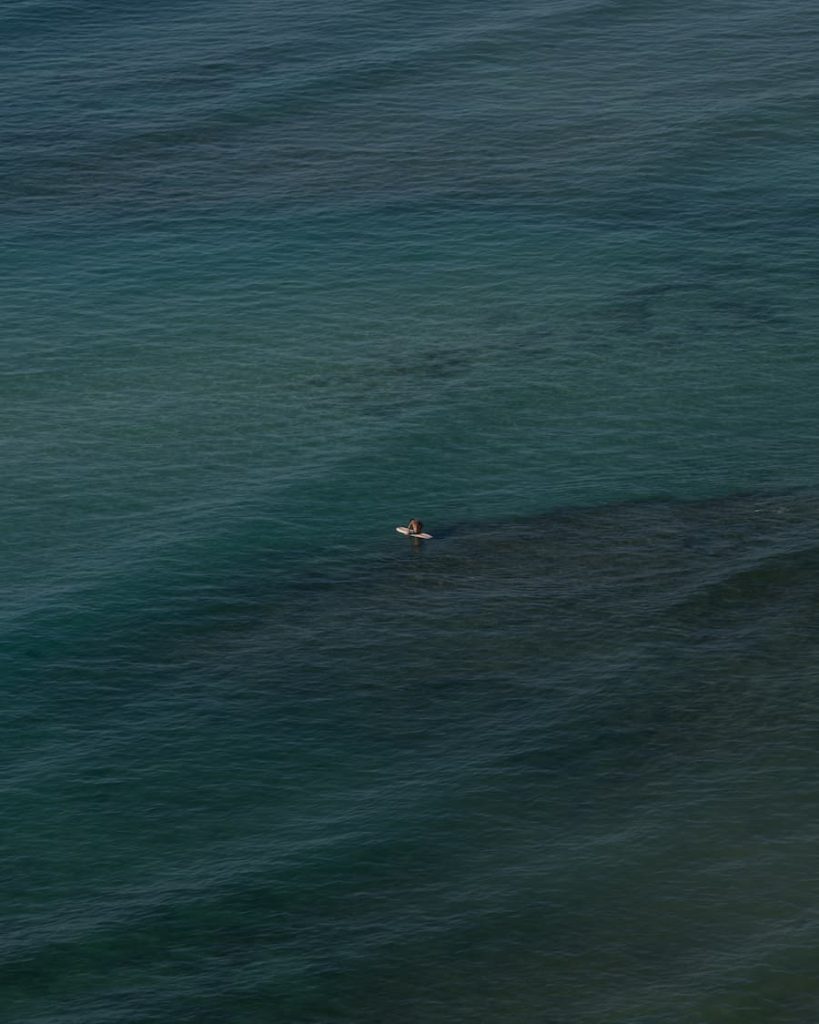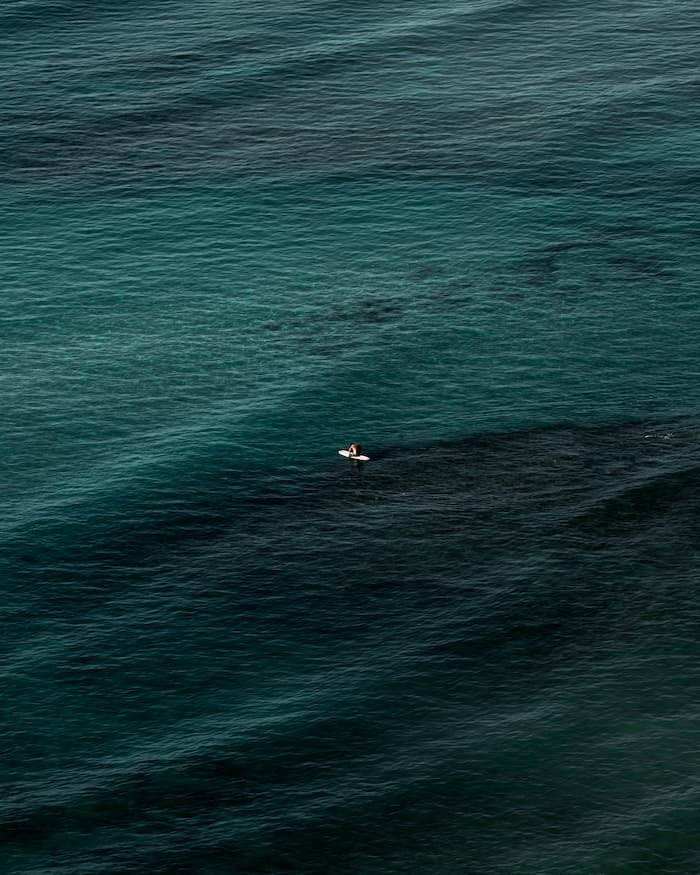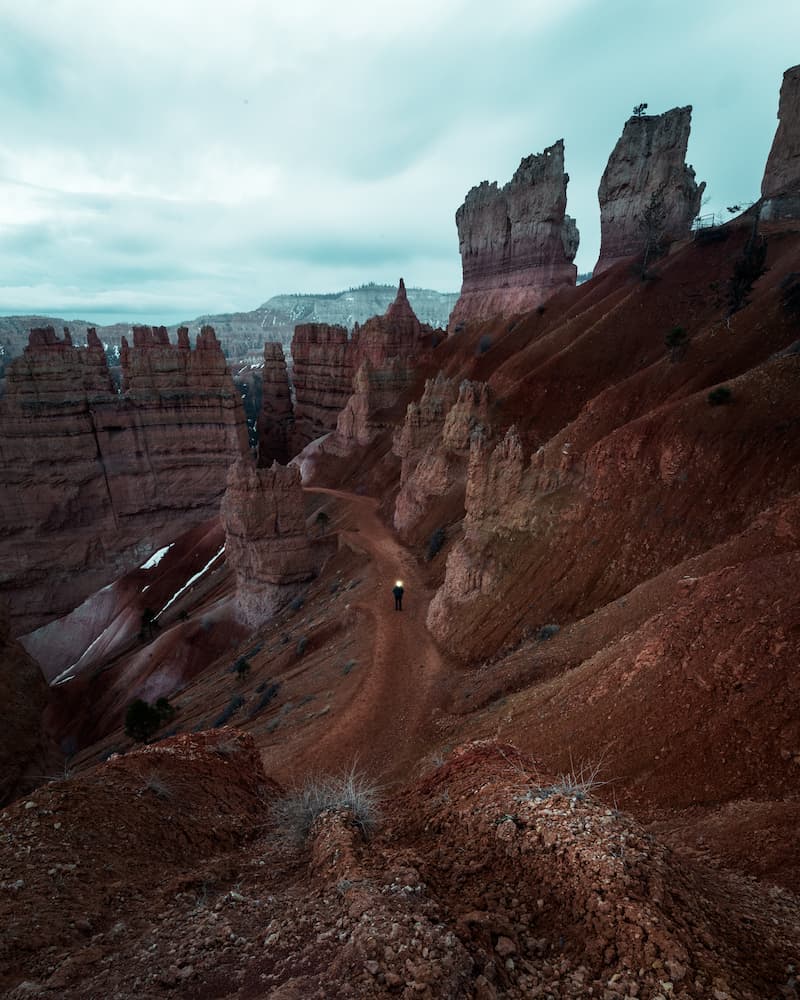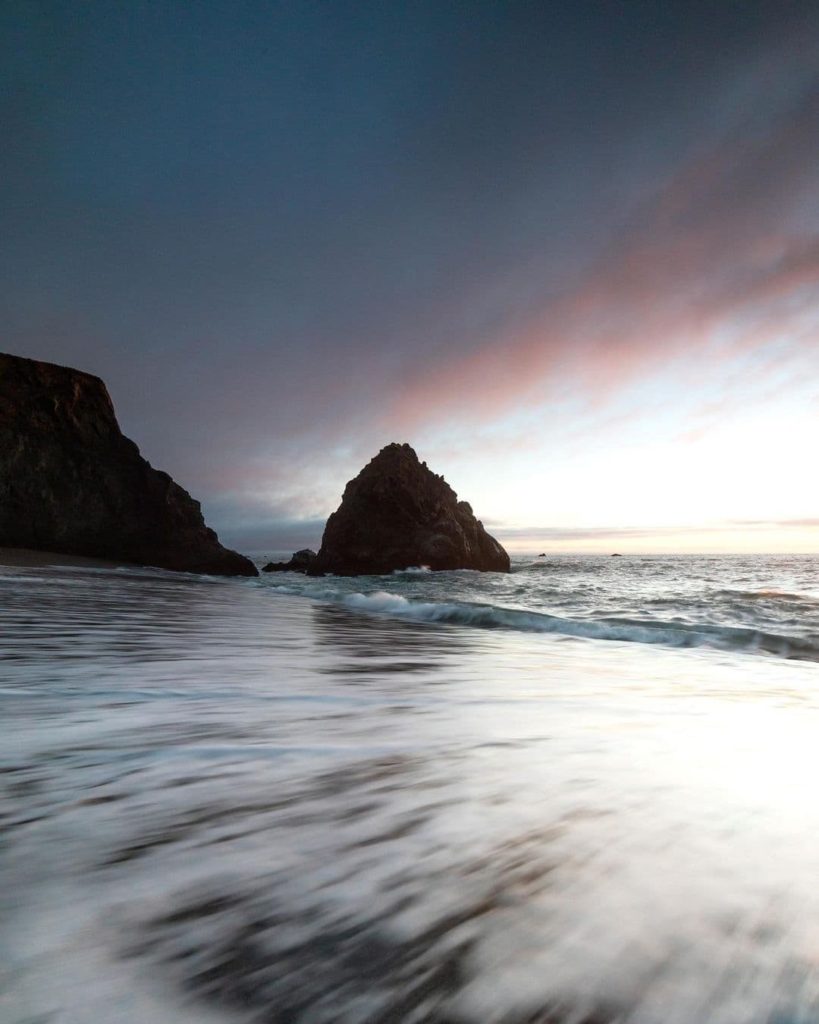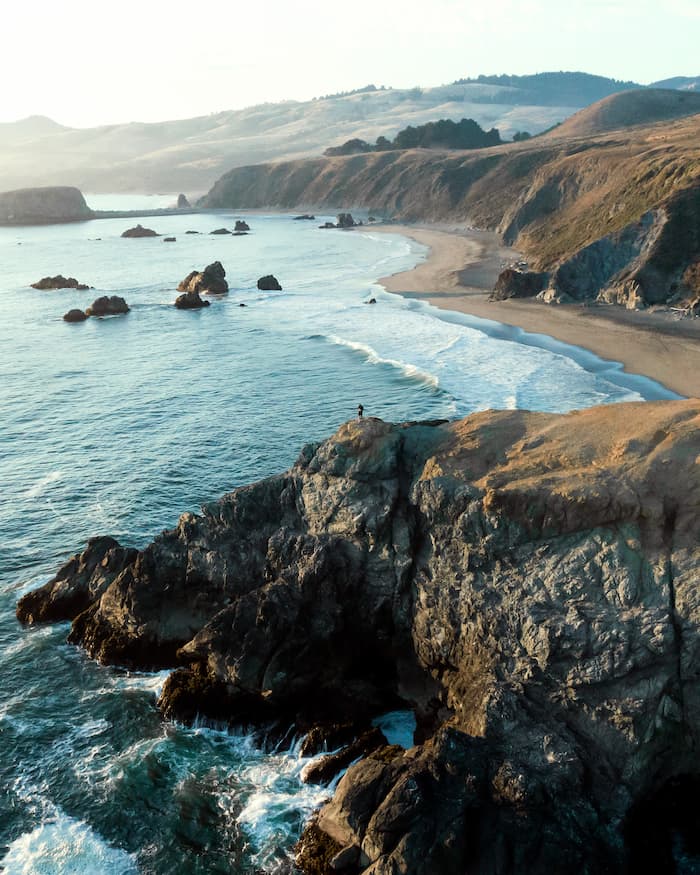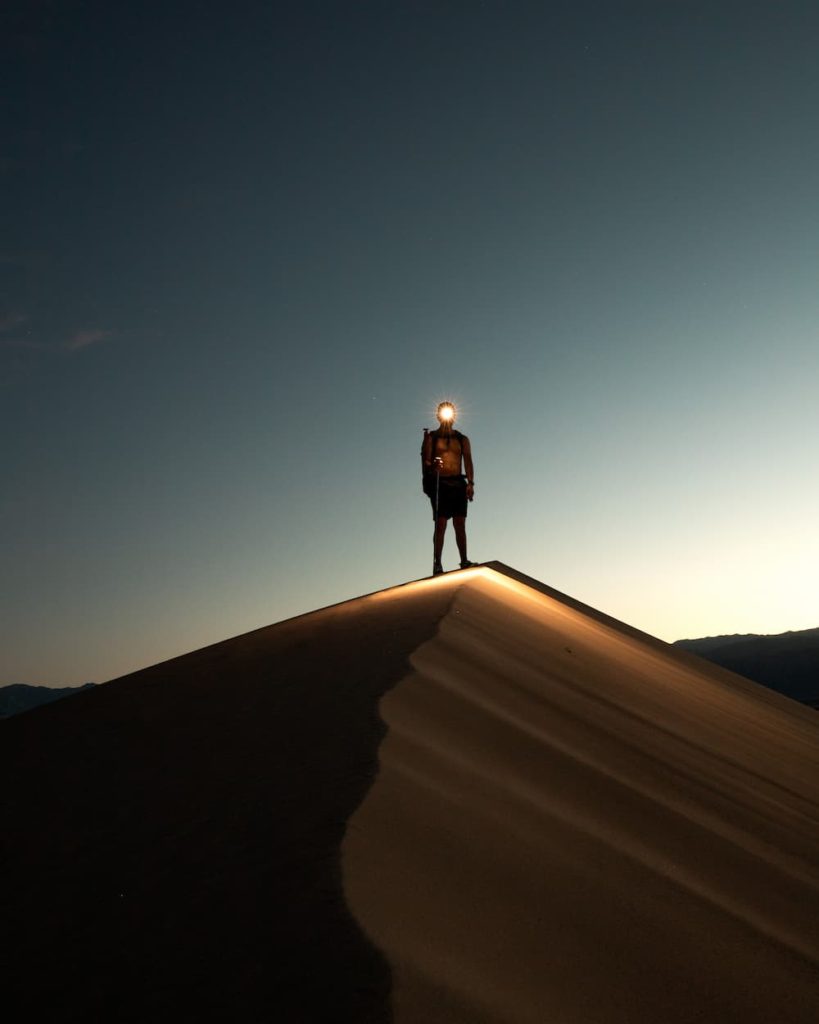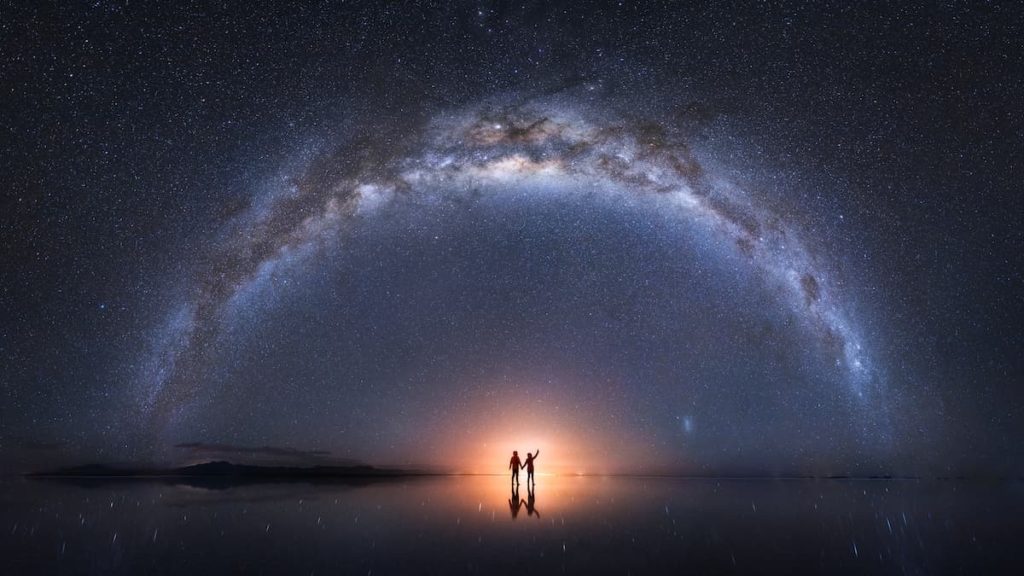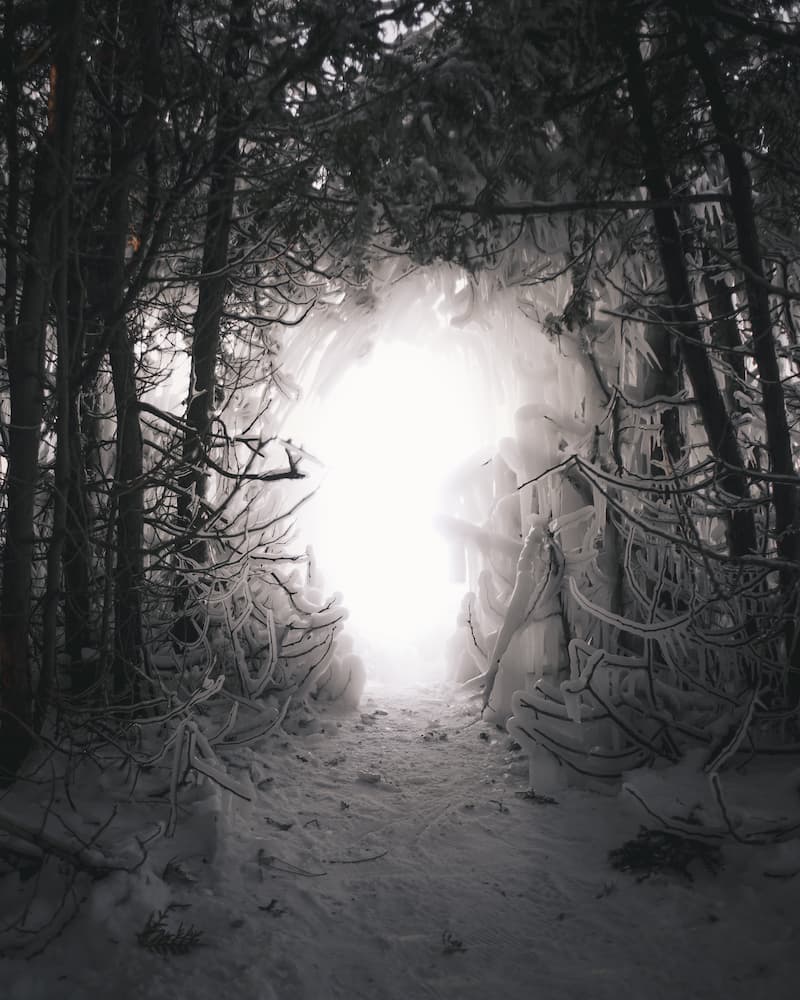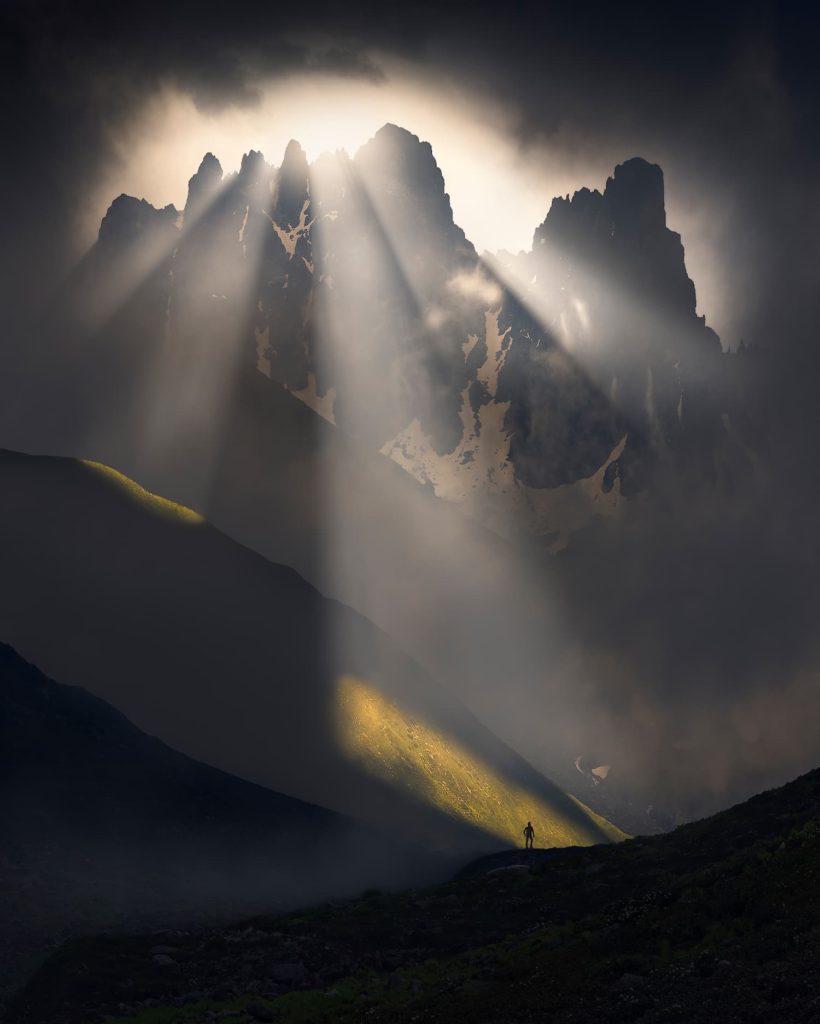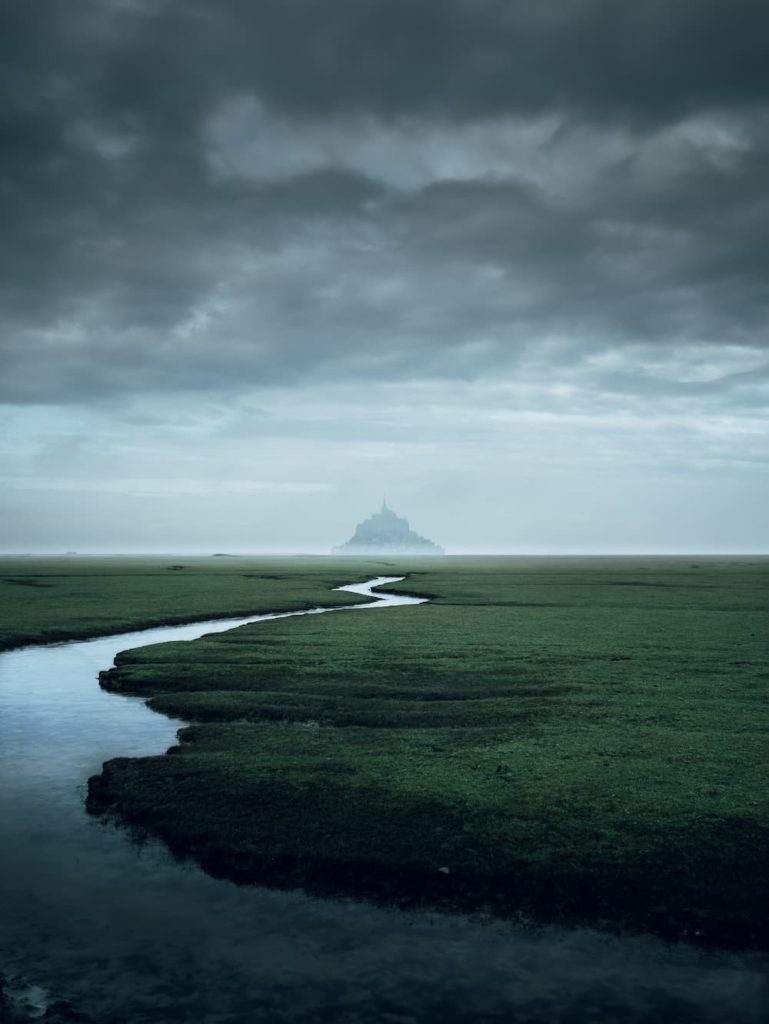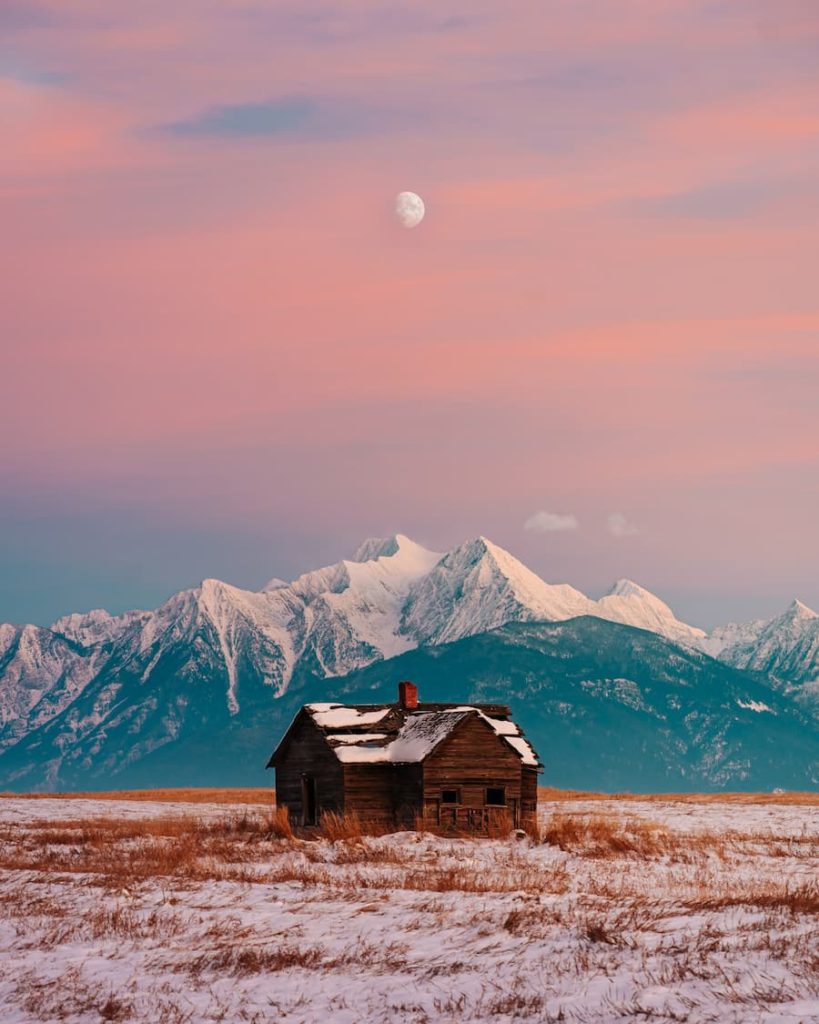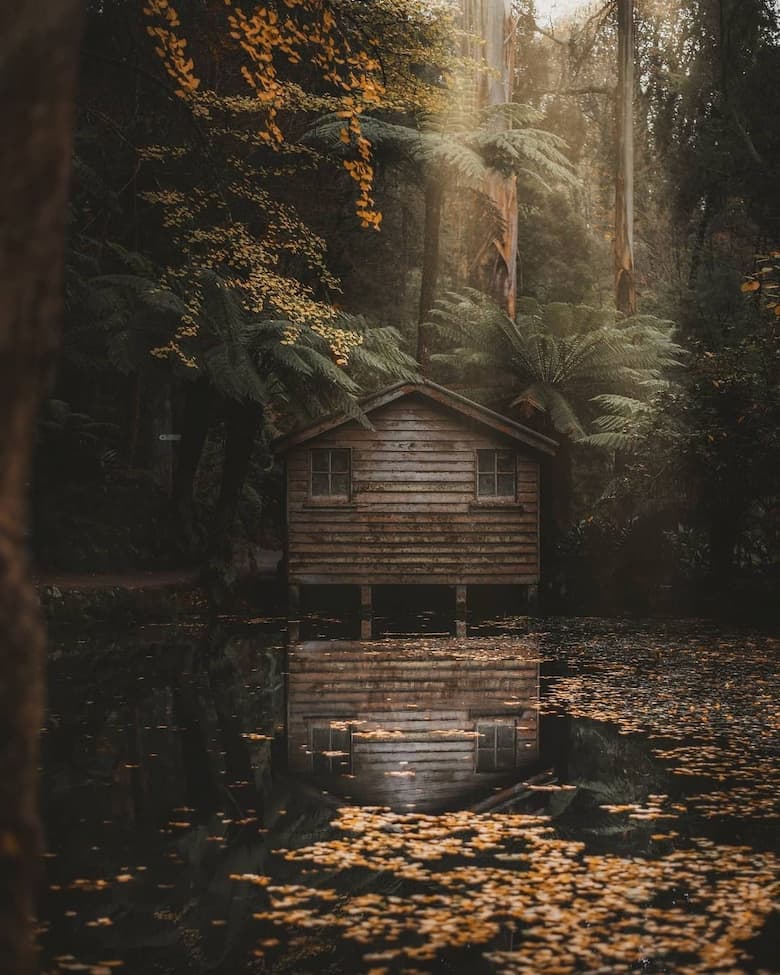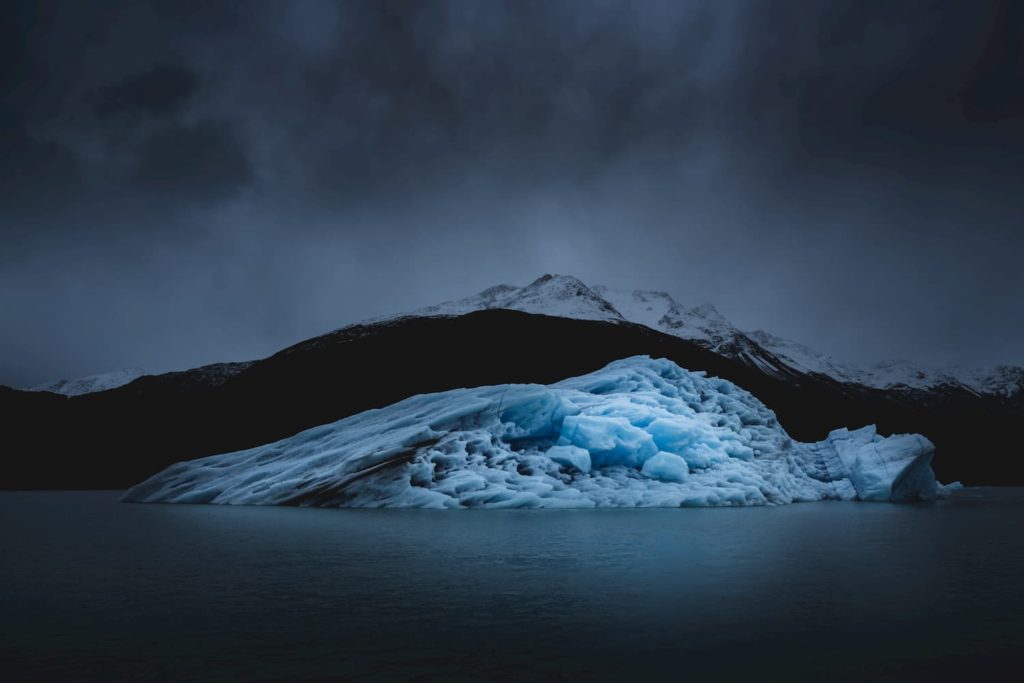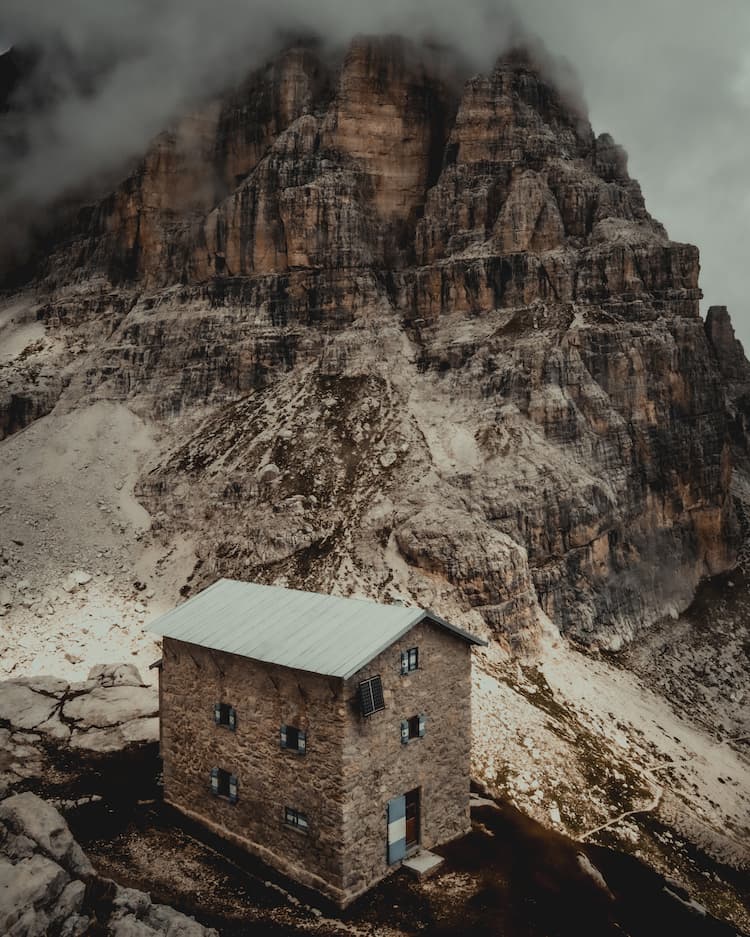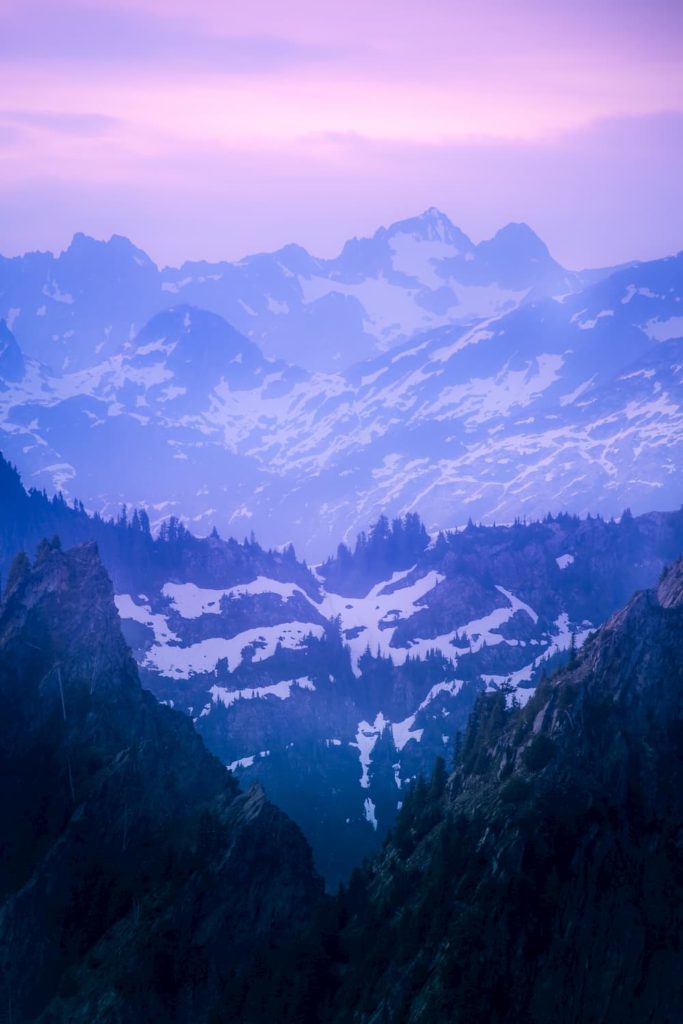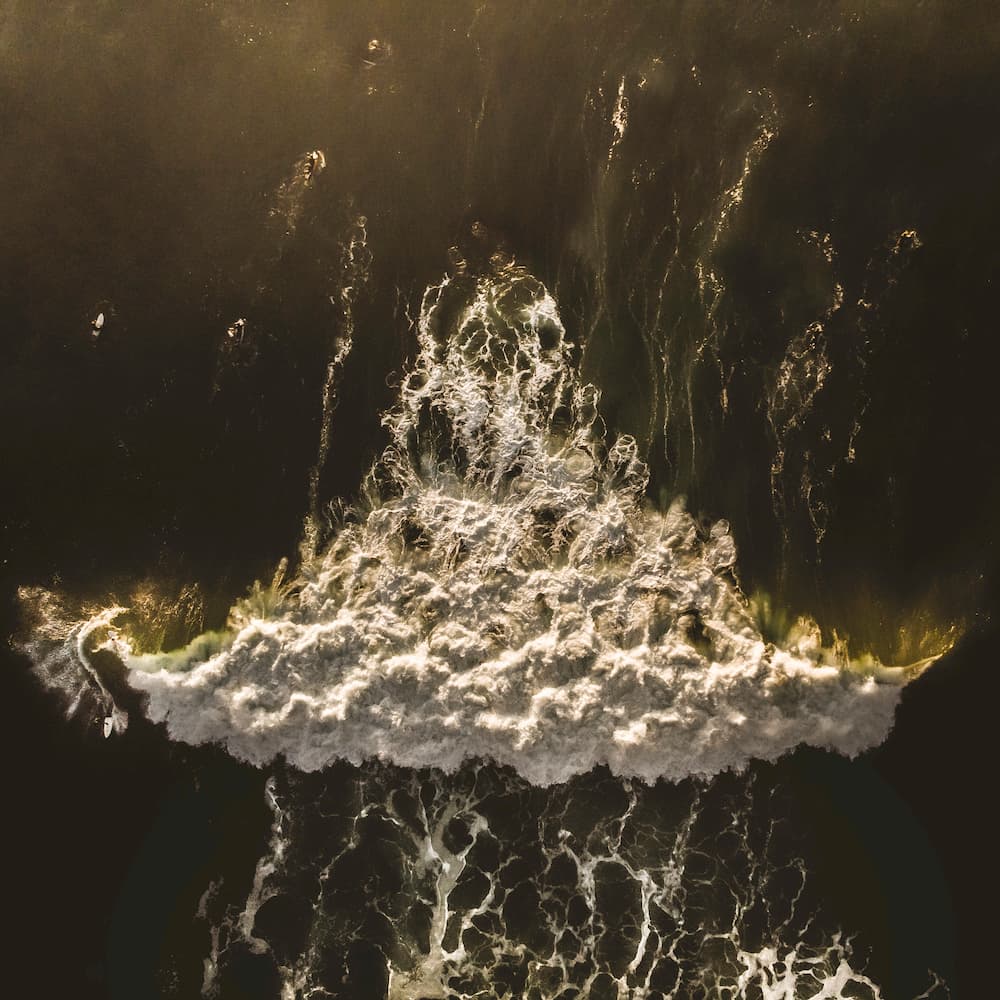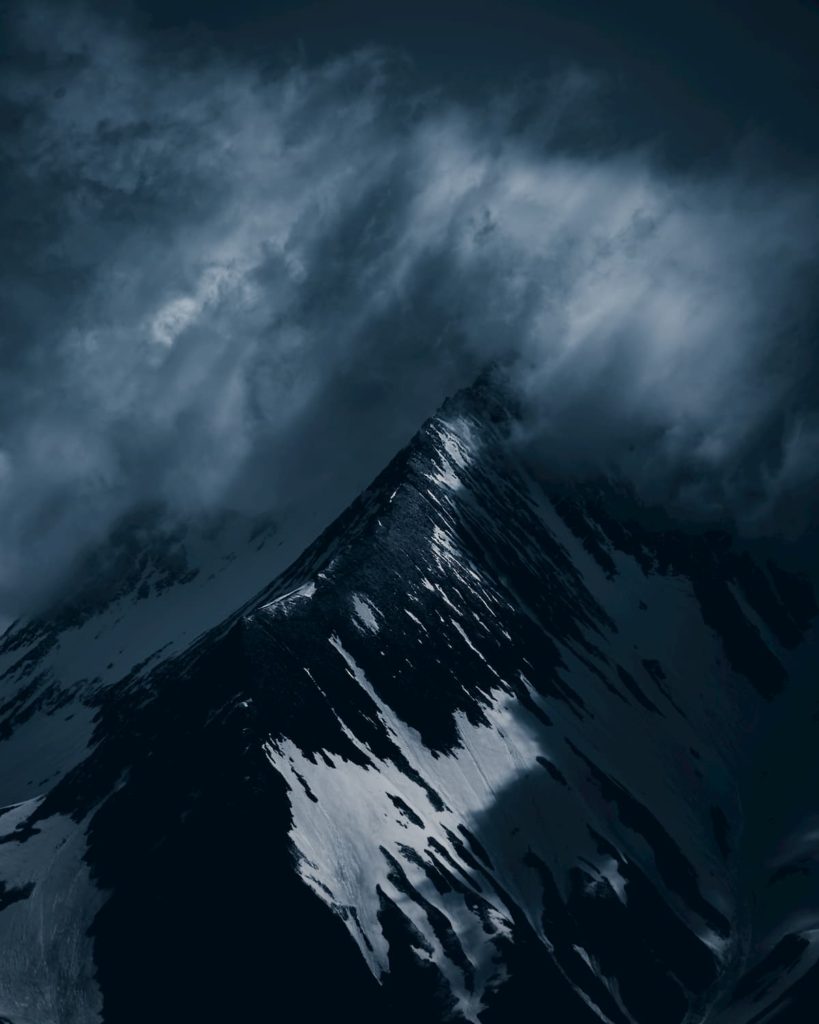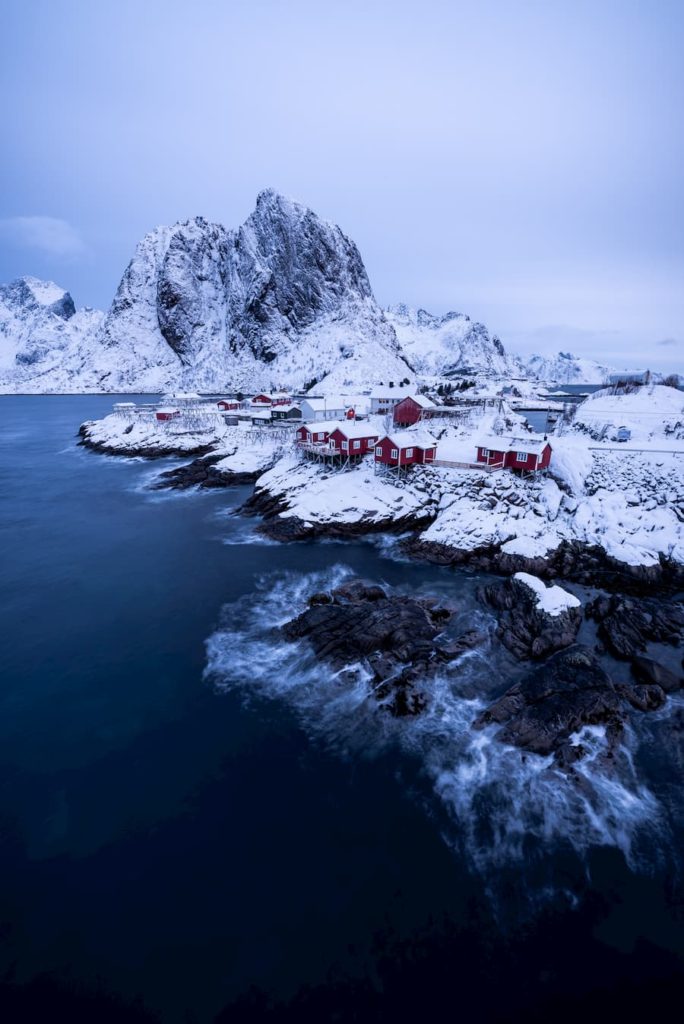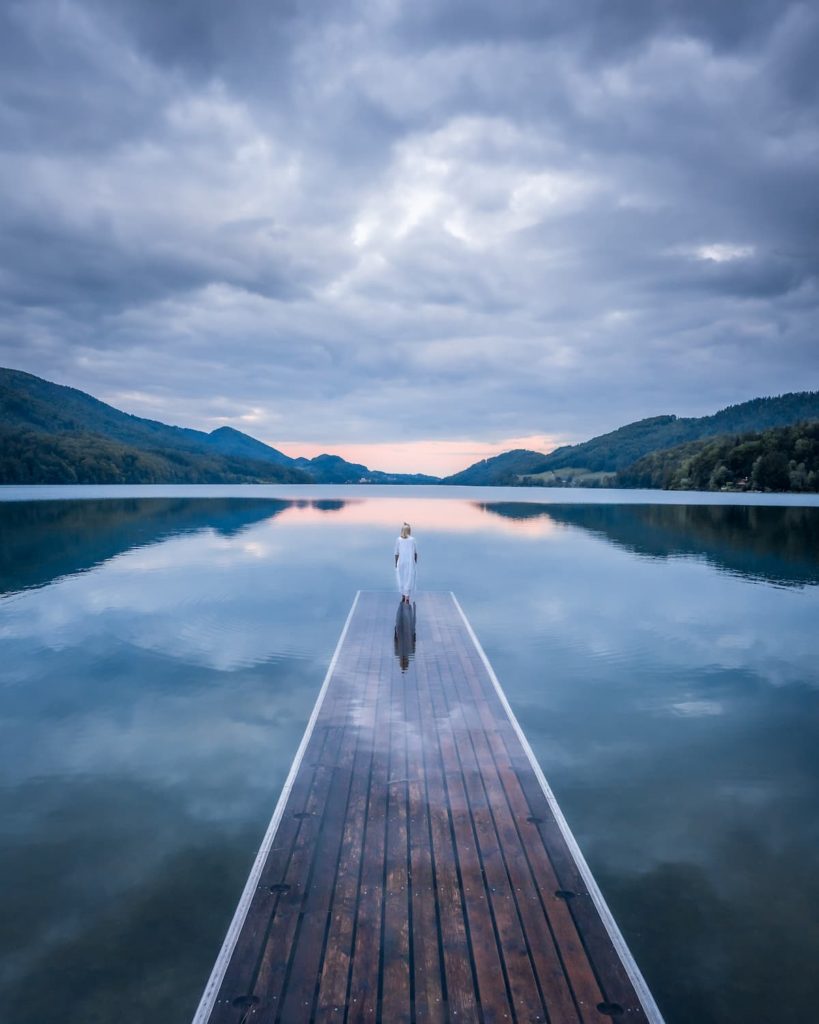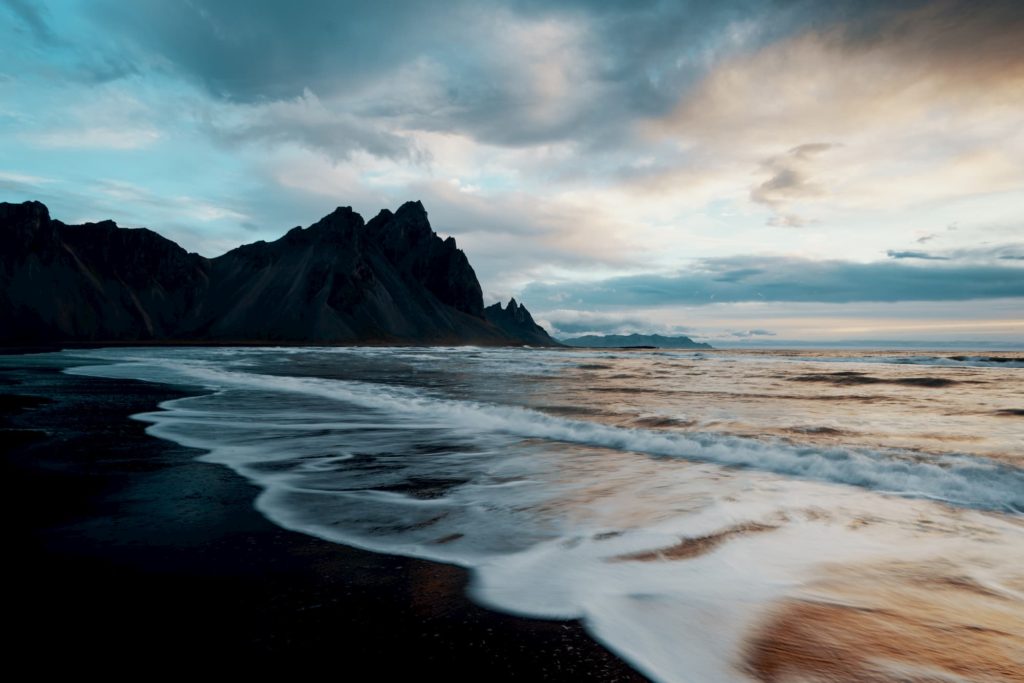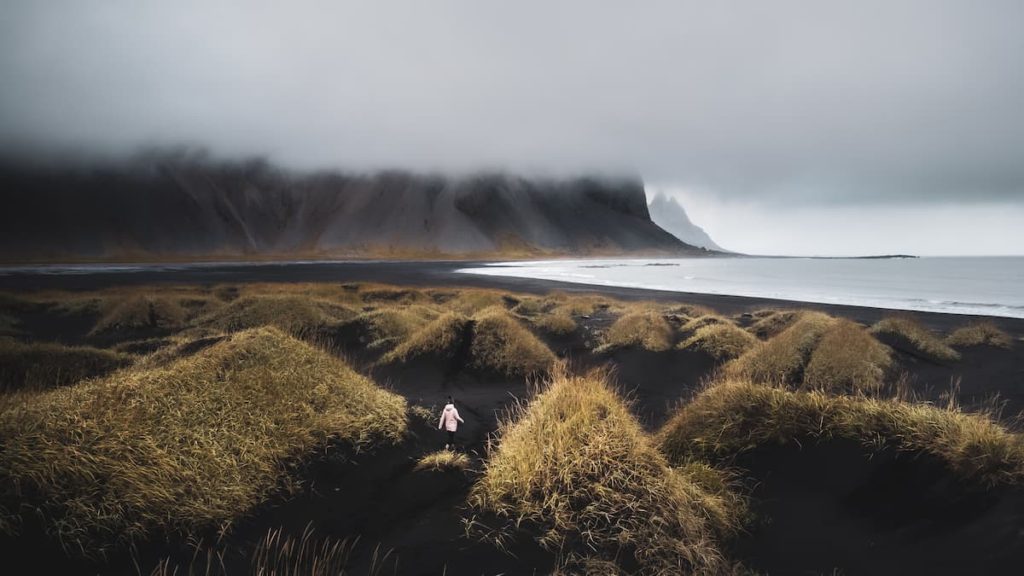
David Lomas
@lomscape
Landscape photographer based in the US
When I was 16, six years ago, I decided to purchase my first camera. I remember it like it was yesterday. It was a little Canon Rebel bundle set and I was so excited to use it – the camera was mainly going to be used to record video, for at the time that was my main interest. I loved recording small hangouts with friends and family. After a while, the newness went away and I didn’t pick up the camera for quite some time until my second year of college.
My friends and I were going on a snowboarding trip after finishing up with our finals during college. As it was my first attempt at snowboarding, I decided to take my camera with me. Upon returning home, sore from all the falls, I was looking through my photos and I felt so much joy. This adventure with friends fully sparked my passion for photography. Capturing moments of time that we can look at forever is so cool and invaluable. Ever since that day, I have been growing and learning all I can about the art of photography and traveling to different states all around the US. All of my trips are photo-driven and planned according to how and where and when I can get the best possible photograph. Not because I have to, but because it’s so much fun.
Photography – Art – is something that will never leave my life. In school, I majored in communications but Art has always had my biggest attention. I loved musical instruments, I played the drums from a young age and piano later on in life. I believe that music is similar to photography as both have the power to evoke emotion. Both forms of Art make you feel something and are there for individual interpretation. At the same time, there is one story behind the creation. The story of the artist and the meaning behind the artwork. This makes photography or any kind of Art so fulfilling to me. Whether it’s a good or a bad shot, every shot has its story. I can look at a picture and feel a sense of peace. Also, all the memories of that day come flooding back into my head and my body as if I’m experiencing it again, which is awesome.
"Photography is like a time machine. Many people wish to go back in time sometimes to experience a specific moment again. With photography, you can."
I’ve many wonderful memories at the beach. Living close to the beach has definitely influenced my photography as well; I used to go out to the beach all the time in order to practice and just get away from the stress that everyday life brought me. Subsequently, a lot of my photographs are photos taken at various coastal locations. They are all beautiful and any beach in the bay area is a good one, however, the beaches close to home are my favorites because they just hold so many memories.
Over the years, I’ve been traveling more and further away, practicing photography in different places. I have learned from my travels and the one that stands out the most is a recent trip that I had. With a few friends, we had planned a road to western Utah, which is about 16 hours away from home. The plan was to visit different National parks within Utah, but there were a few changes at the last minute. Something urgent had come up for my friend and he wasn’t going to be able to be with me the entire trip – this meant that I would have to do half of the trip alone. I had never traveled by myself, and I felt nervous.
It was a special moment for me as I first saw it as bad news and was about to cancel my trip. By changing my perspective and my attitude, by prioritizing my passion instead of fear, I managed to grow, get better, and do what I love. I surprised myself that day; I didn’t think I would decide to go solo but I did – and I met many awesome photographers on my stops while having a great time. My love for adventure and photography helped me push forward and deconstruct any fear or uncertainty.
While that trip boosted my personal growth and self-confidence, my trip to Death Valley National park had a great impact on my technical skills. I had my mind set on trying astrophotography for the first time, had watched countless videos, and felt prepared for the task. After the sunset, I was waiting and waiting. A few hours went by and I started to take my first few shots – to my disappointment they weren’t turning out the way I was expecting. I tried multiple different exposures but it wasn’t the vision and photograph I had in my head. That experience taught me a ton in the long run. It taught me patience, to simply sit and wait for the stars. It also taught me that it’s okay to fail. Failing is just a learning lesson. Not every time you go out you will capture a perfect image. Whether it’s because of weather or something else, the more “setbacks” you encounter, the better you know what to take into account next time. It’s important to not give up and instead of thinking that you are not capable or not good enough, think:
"What can I do and how can I deal with this next time in order to improve?"
Over time I grew as a landscape photographer and enjoyed it as a hobby, a passion. I never thought of the business side of photography. Then, one of my friends who started a clothing brand reached out to me. Doing product photography led me to have more confidence and branch out to different fields. I started taking up portrait shoots, and even more product shootings after that. Since I began to do more photography for clients I’ve had to make lots of changes to my approach to photography and to positioning myself. I had to first do research to see what the average price was for photography in my area. I would use Google to look up photographers in my area for specific things like products, portraits, and events to really get a good medium to what I should price my photography to start. Then I began looking for professional ways to deliver photos to clients which I believe can go a long way – The easier it is for them to download and get the images the more likely they are to be returning customers. I also learned it’s okay to cold email. Don’t be afraid to offer your services to several companies and introduce yourself. Writing a short email with an introduction of yourself and what you can bring to the table can get everything started. I would also attach your portfolio for an easy and quick view.
"The worst they can say is no, and even when that happens, who knows they keep you in mind for next time."
"Reaching out and not being afraid to ask questions has been a huge contributor to my growth and development as a photographer and as a person."
More technically speaking, spending hours watching editing courses, and tons of time figuring out and playing with software like Lightroom and Photoshop have been significant too. It made me realize that this field is going to require a lot of patience, and enabled me to be aware of the options to transform a photo into a touching story or an impactful image for myself or for a client.
My editing style is on the moody side. I’ve tried many different ways to edit photos but I always go back to darker-toned colors that showcase high contrast. Photos that make you feel like you are there and just show a lot of emotions. For example, I took this photo of a surfer when I was in Hawaii. I wanted the photo to really showcase emotion, especially since the surfer was looking down at the board as if he was really exhausted.
When I take a photo I usually already have a result in mind of what I think it should look like in the end. I edit using Lightroom and the first thing I do is fix any exposure correction if I have to. The next thing that I do is correct the white balance/temperature. I think the white balance is extremely important for setting the tone of an image. My favorite editing tool would have to be the tone curve. It really allows me to be extremely precise with my darker and light tones. I also use a tone curve in photoshop to create a dodge and burn mask.
However I edit, I want to convey an emotion with my work and just showcase the beauty of moments and the magnificence of what we call Earth. Perhaps many photographers have this very same goal, though the fun and interesting part of it is that every photographer approaches achieving this goal in a different manner. May it be through different compositions, colors, and or emotions. And to make it even more complex, every single viewer may have a different opinion on whether this goal has been achieved or not due to individual perceptions.
This means that it’s important to keep in mind who you create a photograph for, what the goal is, and give importance to that person and goal once it comes to evaluating a result. Taking into account lots of opinions may be confusing and this approach may save a lot of doubts!
Would you like content like this sent to your inbox?
NOMADICT
ART GALLERY
THE LATEST STORIES
WRITEN WITH PASSION TO INSPIRE YOU

Photo tour in Azores, Portugal
Join us in the Azores for a unique photo tour, where you’ll elevate your creative skills with expert guidance from Ronald Soethje, Bruno Ázera, and Nomadict.

Forest Kai (@forest1kai): Photographer based in the US
In this article, Forest shares how years of chasing scale, silence, and raw landscapes shaped his approach to photography, from the deserts of Kazakhstan to the volcanic ridges of Iceland. He talks about how he uses light, texture, and vast negative space to create images that feel both intimate and overwhelming.

Simon Hechtbauer (@roamwithsimon): Best of the Week 32 at #nomadict
Simon shares the journey behind his photography, from early inspirations to field techniques, editing, and the story of the winning shot that shaped his path.

Miroslav Maršík (@miromarsik): Photographer based in Czech Republic
In this article, Miro shares how his love for cinematic music evolved into a deep passion for photography and how he uses light, color, and atmosphere to turn the streets of Prague into living film scenes.

Aurora photography panorama workflow: A guide to camera settings, editing, and color
In this article, Stefanie reveals how her background in physics sparked her passion for astrophotography and how she blends science with creativity to capture the beauty of the night sky. Readers will discover her approach to color, contrast, and editing, as well as her aurora photography workflow.

Yhabril (@yhabril): Best of the Week 33 at #nomadict
Spanish photographer Yhabril captures the profound connection between humans and the mountains that shaped him. Growing up in the Pyrenees, his work bridges outdoor sports, landscapes, and celestial scenes — often blending athletes, moonlight, and wilderness into striking visual stories.

Ariane Totzke (@besondersschwierig): Photographer based in Switzerland
In this article, Ariane shares how photography helped her navigate personal challenges, connect authentically with people and animals, and develop a philosophy rooted in empathy and artistic freedom. Readers will also discover her ethical approach to wildlife photography and her trusted equipment for both camouflage techniques and cameras.
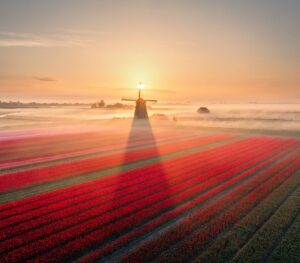
How to photograph Dutch tulip fields: A guide to light, gear, composition, and colors
Discover how to photograph Dutch tulip fields in their most magical light. From choosing the right gear and lenses to mastering composition, color, and aerial perspectives, this guide shares creative techniques to capture the beauty of the Netherlands’ tulips. Learn how light, color grading, and proportion bring emotion into every frame.
